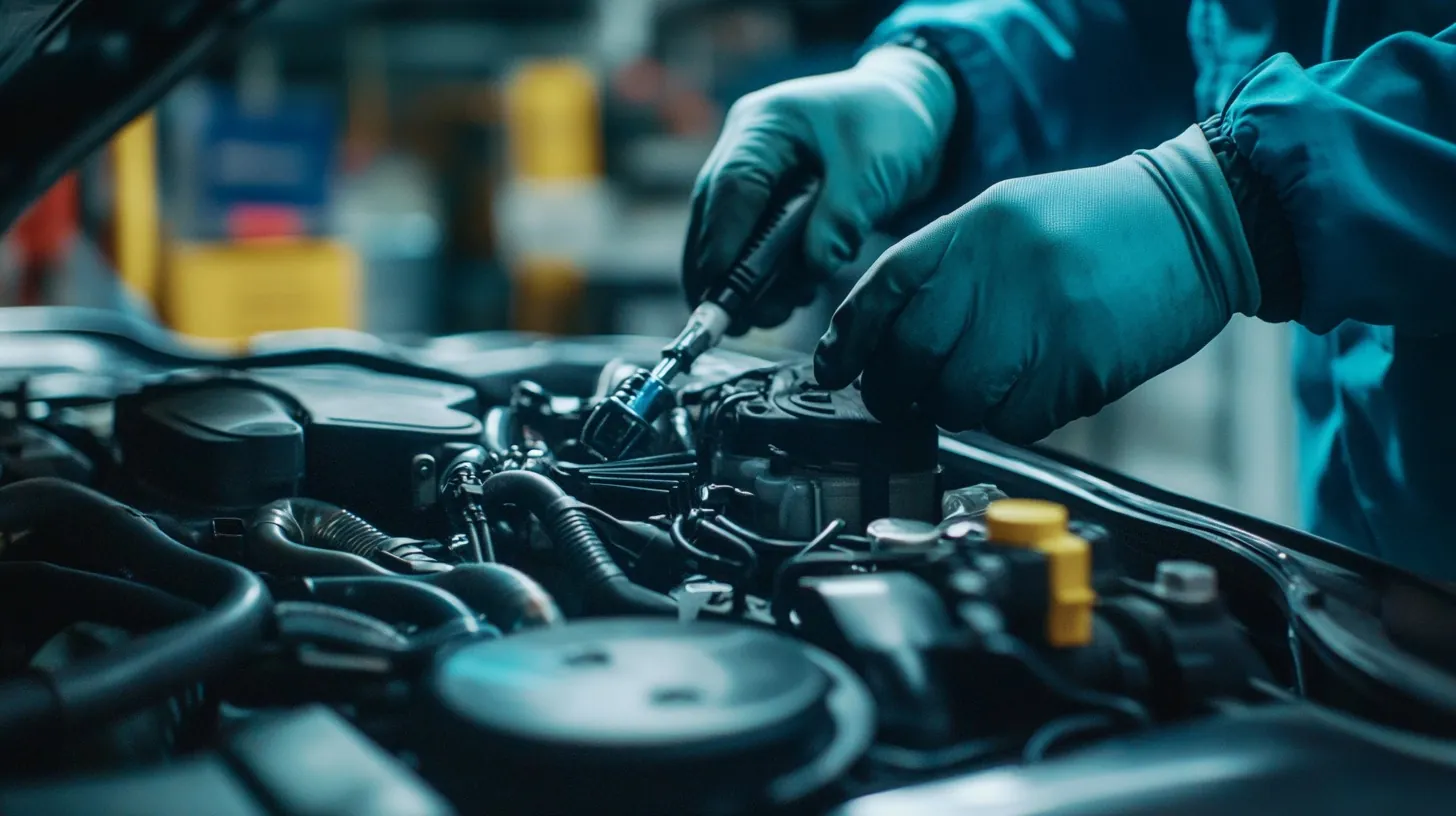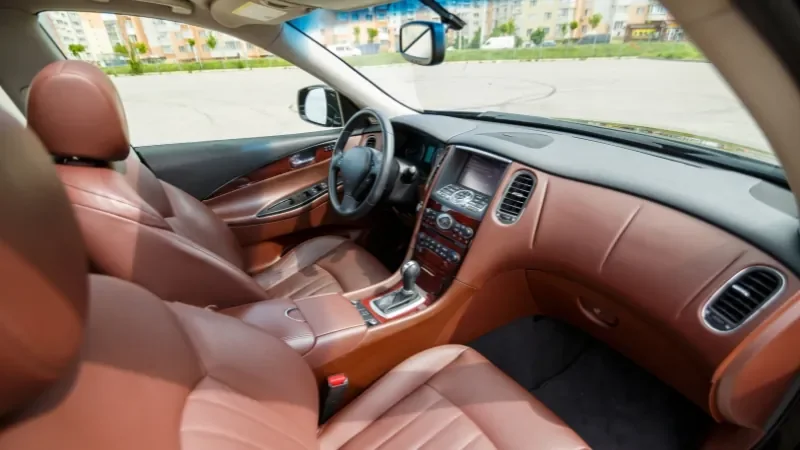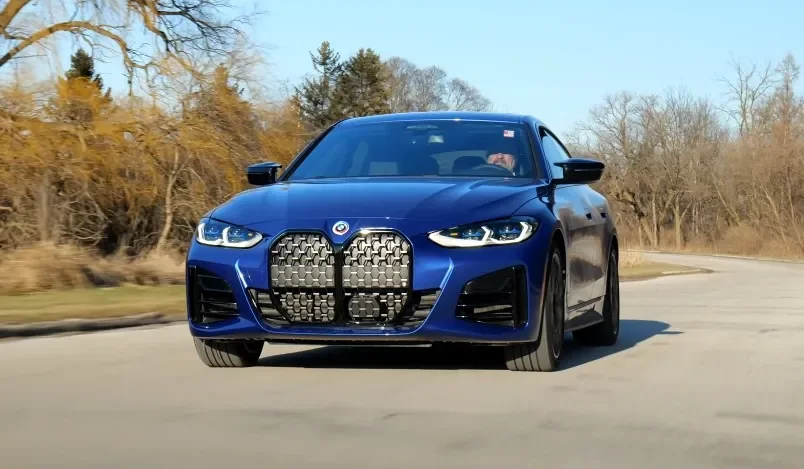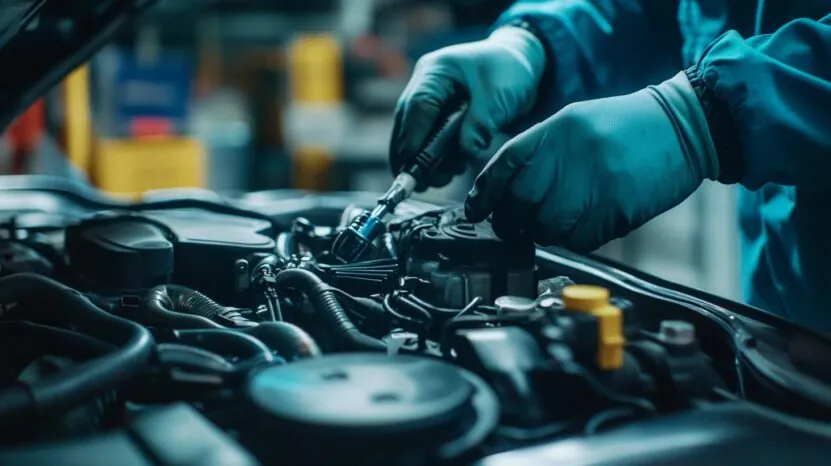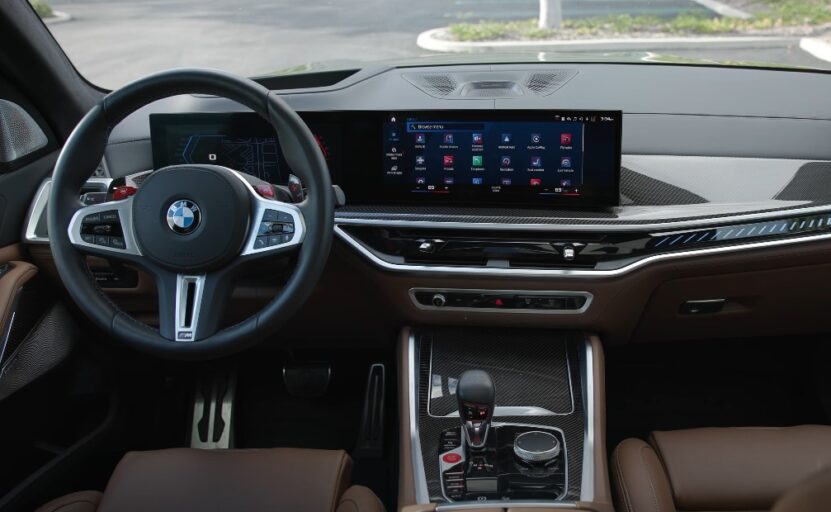
Share Post:
Automakers are moving away from traditional buttons and knobs, replacing them with sleek touchscreen panels.
In contrast, industries like aviation continue to emphasize tactile controls due to their critical role in safety.
It becomes essential to look closely at the motivations behind this automotive shift and what it means for drivers and passengers.
Table of Contents
ToggleReasons Behind the Shift
A growing number of automakers are embracing touchscreens not only for aesthetic reasons but also due to strong financial and strategic motivations.
Several key factors contribute to the decision to replace traditional physical controls with digital interfaces.
These changes are not accidental but the result of deliberate shifts designed to benefit manufacturers in multiple ways.
Cost-Saving Measures
Touchscreens offer an economical alternative that simplifies vehicle production.
Producing a touchscreen system requires fewer individual parts and far less durability testing than traditional setups with dozens of mechanical switches and buttons.
Manufacturers benefit from:
- Fewer moving parts result in fewer potential points of failure.
- Less rigorous stress testing reduces costs and accelerates time-to-market.
- One large screen is far easier to install than multiple control modules.
A car dashboard once cluttered with knobs and buttons can now be condensed into one elegant glass surface.
Less complexity during assembly translates directly into lower production costs, allowing companies to maintain or even increase profits without raising prices dramatically.
Marketing and Aesthetics
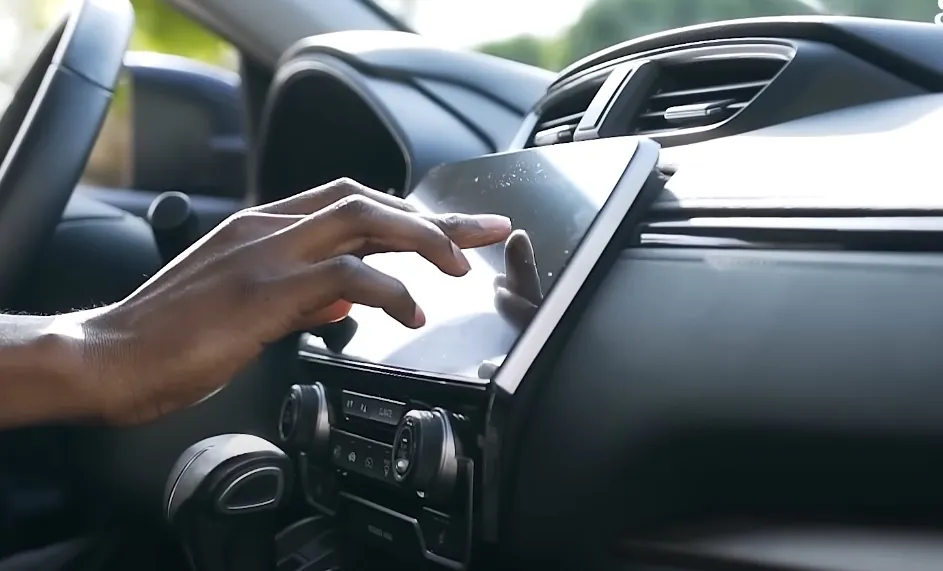
Large, tablet-like displays help vehicles feel modern and sophisticated to buyers familiar with sleek consumer electronics.
Changing consumer expectations heavily influence vehicle design, and touchscreens fit seamlessly into this trend.
Key reasons automakers favor this design include:
- Consumers now expect touch-based interactions thanks to daily use of smartphones and tablets.
- Clean, simple interiors are perceived as cutting-edge and luxurious.
- Big screens create a strong first impression, encouraging impulse buying and emotional connections to new models.
Fewer physical interruptions across the dashboard create interiors that feel airy, organized, and purposefully designed.
Achieving that visual effect gives automakers an advantage in an increasingly competitive market where first impressions often drive purchasing decisions.
Monetization Strategy
Touchscreens open the door for automakers to rethink how revenue is generated after the initial sale.
Embedding features in software rather than hardware allows companies to:
- Heated seats, enhanced driving modes, and improved navigation systems can be activated only after additional purchases.
- Monthly fees ensure a steady stream of post-sale income for features that are already installed but disabled by default.
- New features or improvements can be offered as digital upgrades, giving owners ongoing opportunities to spend more on their vehicles.
A customer may sit behind a wheel equipped with every premium function, yet many capabilities remain inactive unless additional payments are made.
Moving key features into the software domain fundamentally changes ownership, transforming vehicles into platforms for continuous monetization.
Safety and Usability Concerns
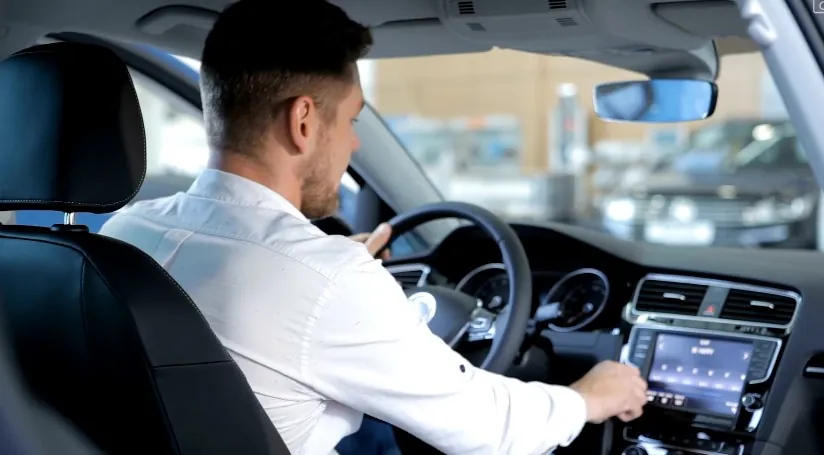
Replacing physical controls with touchscreens has introduced significant challenges that extend far beyond aesthetics and manufacturing savings.
Growing evidence highlights that sleek interfaces often come at the expense of driver attention and operational safety.
As mergescreens and similar trends gain momentum, regulators, automakers, and consumers are being forced to reexamine the trade-offs between modern design ambitions and the basic principles of safe driving.
Increased Driver Distraction
Operating touchscreen controls demands more focus than manipulating traditional buttons, posing a serious risk during vehicle operation.
Simple tasks like adjusting the temperature or changing a radio station can double in duration compared to tactile alternatives.
Key points:
- Research shows touchscreen tasks take about twice as long to perform as physical button tasks.
- Drivers can spend more than four seconds looking away from the road, traveling the length of a football stadium without monitoring their surroundings.
- Muscle memory, crucial for quick, instinctive operation of physical buttons, gets lost when actions require visual engagement.
- Navigating multiple menus demands additional cognitive effort, increasing driver workload and making accidents more likely.
Minimalist designs might please showroom visitors, but on real roads, they contribute to dangerous distractions that cannot be ignored.
Regulatory Pushback
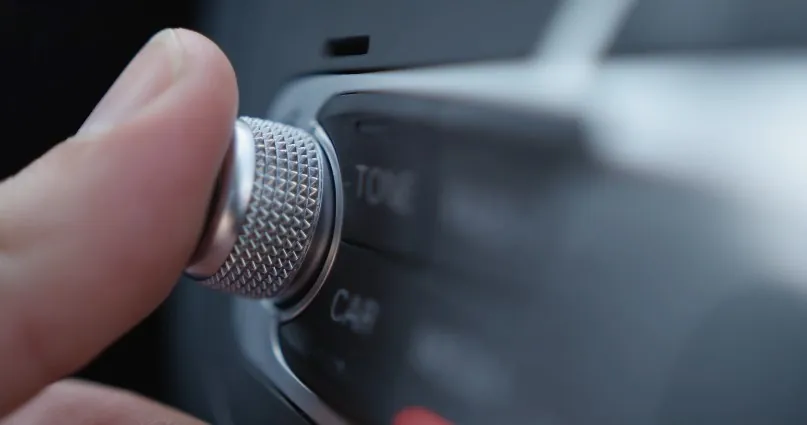
Safety organizations are beginning to take formal action against touchscreen overreliance.
Euro NCAP has announced strict standards set to take effect in 2026, signaling a shift in how modern car interiors will be evaluated for safety.
Highlights of the regulatory response:
- Vehicles dependent on touchscreens for critical functions will lose points on safety ratings.
- Essential controls, such as climate systems, lighting, and drive modes, must remain quickly accessible without navigating menus.
- Regulations acknowledge that simplifying access to basic controls improves reaction times and reduces risk during emergencies.
Prioritizing convenience and immediate visibility for crucial functions is becoming not just recommended but mandatory under these emerging guidelines.
Examples of Compromises
Automakers that pushed touchscreen-only solutions are starting to feel the consequences of their design choices.
Several high-profile examples illustrate the growing pains associated with abandoning physical controls entirely.
- BMW eliminated physical buttons for essential features like climate settings and driving modes in some models, drawing widespread criticism from drivers and reviewers alike.
- Volkswagen, after extensive customer feedback and a noticeable backlash, announced plans to reintegrate physical buttons into upcoming models.
Companies are realizing that futuristic interiors lose their appeal when they compromise usability.
Reintroducing physical elements where needed shows that functionality and innovation must coexist rather than compete.
Consumer Response
Consumers have become increasingly vocal about their dissatisfaction with the rise of touchscreen-centered vehicle interiors.
An experience once characterized by intuitive operation and minimal distraction has shifted toward frustration and cognitive overload.
Drivers expect vehicles to enhance convenience, not complicate it with multi-layered menus and hidden features.
Frustration with Basic Functions
Basic tasks, such as adjusting the cabin temperature or activating seat heaters, now require drivers to navigate through multiple touchscreen layers.
Previously accessible through a simple button press, these functions now demand more time, attention, and distraction from the road.
Loss of Muscle Memory
Physical buttons allowed drivers to operate controls without taking their eyes off the road.
Touchscreen menus eliminate muscle memory, forcing constant visual engagement with the screen and increasing driving risk.
Resentment Over Feature Locking
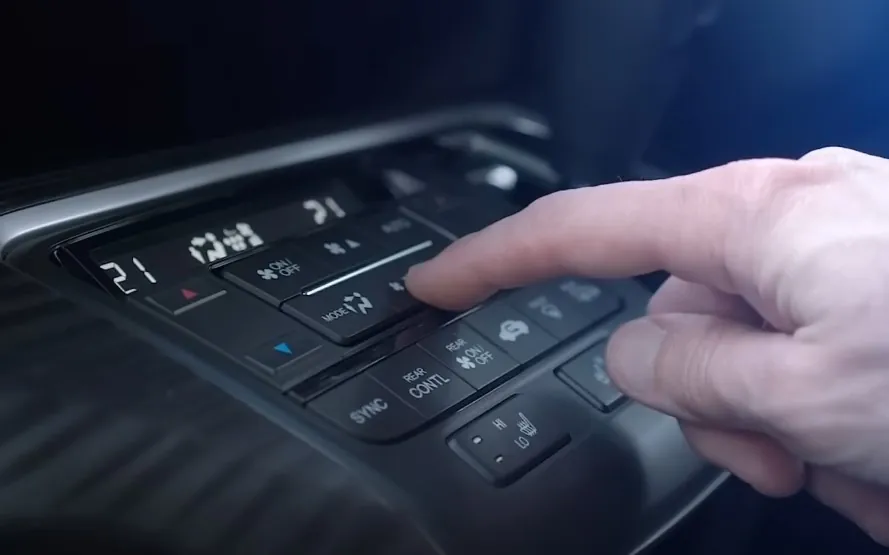
Customers often discover that features physically installed in their vehicles, such as heated seats or advanced driver modes, remain locked unless they pay additional fees.
This software-based “paywall” system leads to feelings of being trapped in a business model that prioritizes corporate profits over customer satisfaction.
Satisfaction Ratings Decline
Models heavily reliant on touchscreen interfaces have seen noticeable drops in consumer satisfaction surveys.
Flashy interiors and Mergescreens might impress during showroom visits, but long-term usability becomes a source of regret for many buyers.
Summary
Automakers find themselves at a crossroads. Prioritizing sleek aesthetics and software monetization over operational safety and driver convenience carries serious consequences.
Regulators are stepping in, and consumer dissatisfaction is growing louder.
Reintroducing physical controls for essential functions could restore confidence, making driving safer and more intuitive without sacrificing modern technological appeal.
Related Posts:



